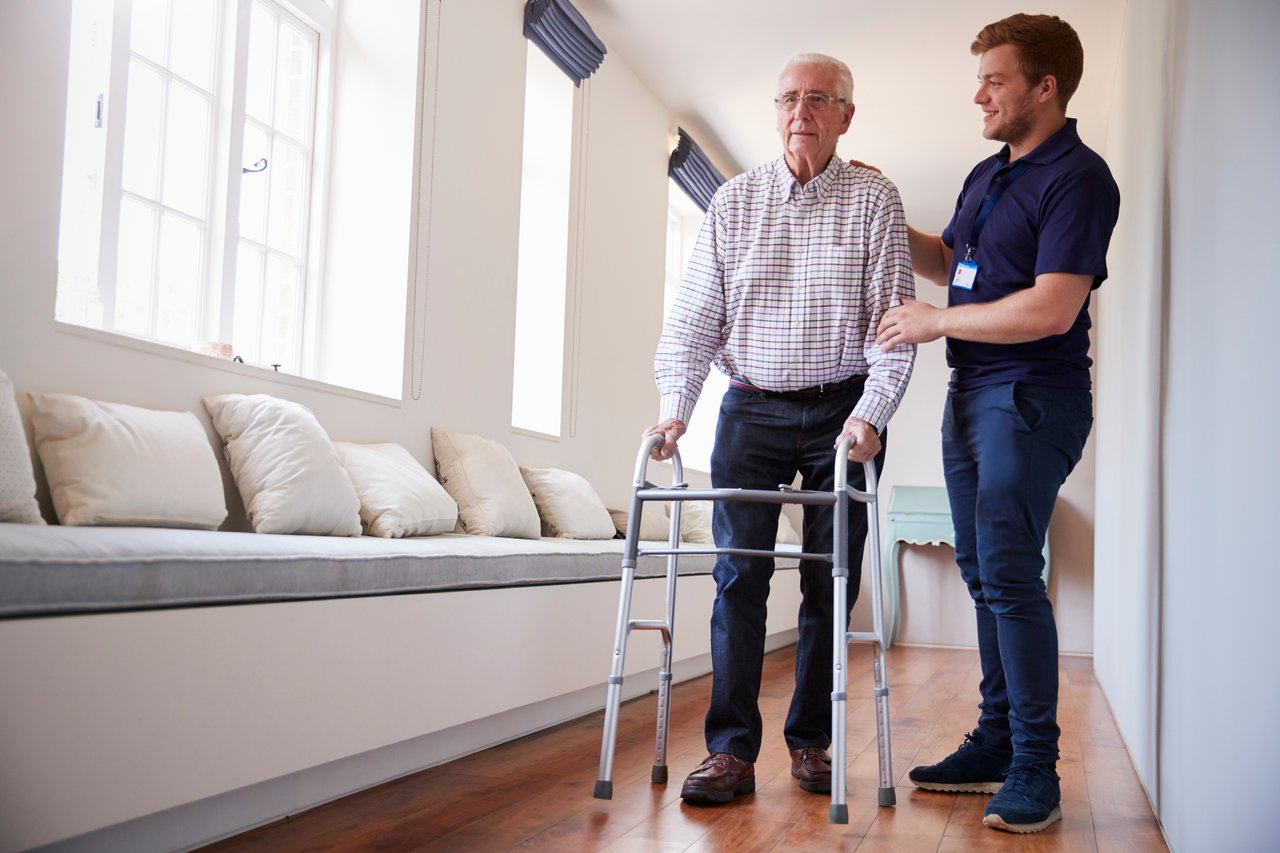Hit enter to search or Esc to close
Case Study
Working as One – UEC transformation in Gloucestershire

The Challenge
Like much of the country, Gloucestershire’s hospitals were under significant pressure, and demand was forecast to continue increasing due to an ageing population. Delivering urgent and emergency care (UEC) services which are equipped to deal with the demands of today and the future is critical.
Committed to evidence-based improvement of UEC services, One Gloucestershire commissioned Newton to undertake a detailed pathway review, covering delivery of care in the community, hospital arrivals, during hospital stays, and intermediate care journeys post discharge. The review found a number of challenges including lengthy ambulance handovers, long waits for acute beds, challenges in discharging residents resulting in lengthy stays, and disconnected services and lack of awareness of referral pathways meaning that residents often were not always best supported to stay in their homes and communities.
Fundamentally, there was mismatch between demand for care and capacity in the system. Aligning around a vision for citizens and clear evidence of where the most impactful change would be, the Working as One programme was launched to advance integrated ways of working and enable more citizens to lead healthier lives, getting the care they need, in the right place, at the right time.

Impact of the Programme
Working as One is an example of a system-wide partnership aligning around a vision for its population and working in a truly joined-up way across a hugely complex change programme to deliver improved outcomes for the individuals in its care.
The improvements in flow saw the hospital occupancy reduce from over 105% to the low 90s. This was achieved in a period where demand has been rising, and the system has undergone some significant reconfigurations of its bed base as well as consolidating most ambulance conveyances at a single site. Improvements to discharge have seen the NCTR queue reduce, without using additional beds in the community, and the system is now using fewer beds than before.
This is enabling better outcomes for patients and the acute trust has seen positive impact on their delay related harm and mortality outcomes. Ultimately people are spending fewer nights in a bed that isn’t their own, and are achieving more independent outcomes than they were previously.
The Working as One approach
In the programme there has been a deliberate effort to start small, for example with one ward or team, before scaling more widely – with the hospital flow improvements then spreading across both medicine and surgery divisions, and intermediate care improvements rolling out across all community hospitals and locality-based reablement teams. Working as One focused on transforming three areas around UEC which together would lead to improved outcomes for people, better experience for staff and financial system benefit:
Community urgent response and the hospital front door
Better use of services in the community – with effective referral routes to support the right people to stay at home and improved ways of working at the hospital front door that help more people return home that day.
Hospital flow and decision making
Reduced time for people in hospital through better board rounds, visibility and grip on next steps, co-ordination across health and care teams and a collaborative discharge hub supporting the most complex patients quickly to their ideal next step.
Intermediate care and Access to Care Packages
Improved availability, flow and outcomes through rehabilitative care in the community. Increased intermediate care capacity to smooth discharge from hospital (or step-up from community) into care in the most suitable location.
Outcomes
To date, the programme has achieved the following:
- 21% reduction in emergency length of stay
- 50% reduction in length of stay in short stay units
- Acute medical unit now supports as many people with 40 beds, as it did with 60.
- Hospital occupancy reduced from over 105% to the low 90s.
- The improvements on discharge have seen the NCTR queue reduce by 80 people.
This performance translates to £27m operational value for the system. As well as investing in the occupancy improvement, operational savings have allowed the system to sustain a planned 40 bed reduction via acute reconfiguration and using 50 fewer P2 beds than previous years, all while absorbing increased front door pressure.